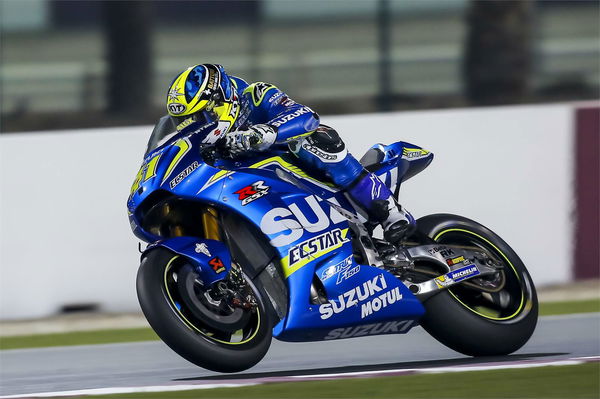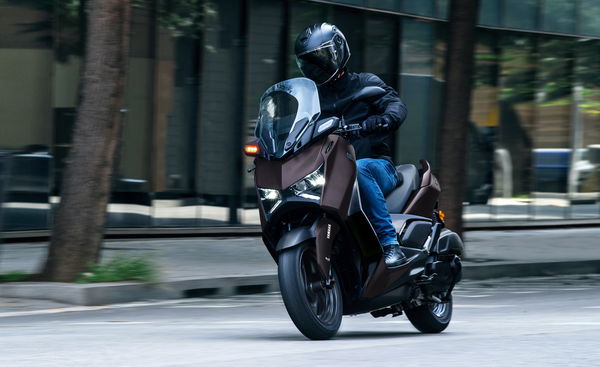Top 10 fastest-growing European bike markets
As we clamber out of recession which country’s bike sales are performing best?
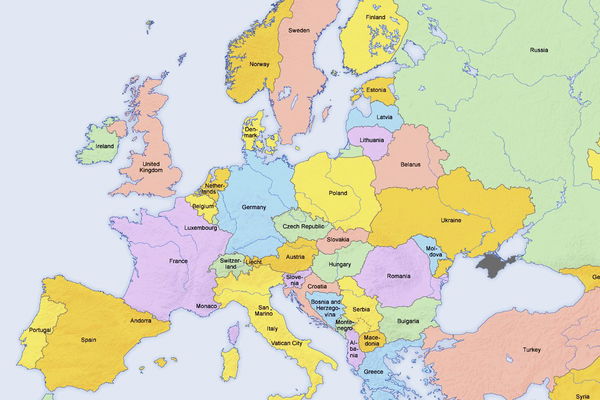
We’ve had years of dismal news about dropping new bike sales figures as customers and manufacturers alike tightened their belts during the financial crisis after 2008. But now we seem to be on the rebound.
Finally we’re seeing the result of some serious R&D investment from bike firms, leading to slews of new models and improved technology. Meanwhile low interest rates and slowly improving economic circumstances appear to be giving customers a bit more confidence to splash out on a new bike.
We already know that UK sales are on the up, but are we alone or is the rest of the world following the same trend.
The most up-to-date figures for the whole of Europe show a wide variation. Although the latest figures don’t quite cover the whole year, instead stopping at the end of November, they give a good look at who is improving and who isn’t.
It’s interesting to see that around half the countries monitored by ACEM, the European motorcycle industry group, are still on a downward trend. France – Europe’s biggest market – is down 4.2%, which Austria, Luxembourg, Finland, Denmark, Hungary and Poland among the others to be seeing shrinking sales. The other half including Germany, the UK, Italy, Greece and Spain – among others – are on the up.
Here are the top ten fastest risers.
10. Netherlands – up 4.8%
The general trend across Europe appears to be for moped and scooter sales to be struggling more than those for bigger bikes, but in the Netherlands – a scooter-dominated market – small machines have seen notable growth. The moped market is up from 60,105 (Jan-Nov 14) to 62,512 over the same period in 2015. Larger bikes make up less of the market, but rose from 10521 to 11470.
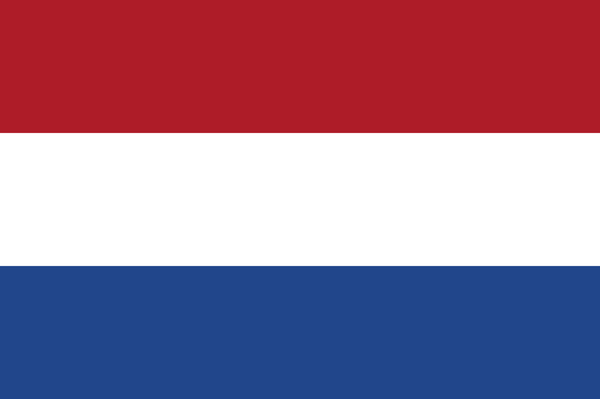
9. Slovenia – up 6%
In small markets you can see disproportionately large growth in percentage terms, reflecting fairly tame real-world numbers. Slovenia is such a case, since its 6% improvement is actually a rise of just a couple of hundred sales, from 3858 to 4090 (all powered two wheelers, Jan-Nov 2014 compared to the same part of 2015).
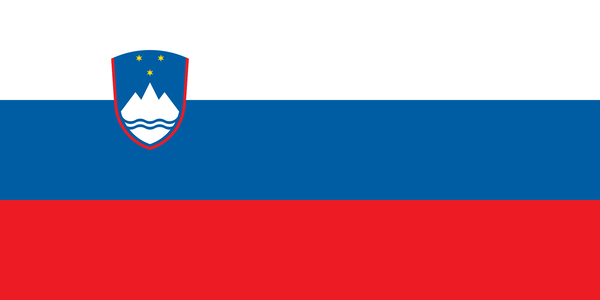
8. Italy – up 6.2%
Slovenia’s market might be too small to be representative, but Italy’s is still massive. It’s the largest in Europe in terms of ‘proper’ bikes (not mopeds), and that section rose 9.8% from 152,099 to 167,035 during the period we’re looking at. Moped sales were actually down 14.1% (27,193 to 23,270) but the overall rise is still a significant 6.2%

7. Belgium – up 6.6%
Belgium is again dominated by large bikes rather than mopeds, but it has seen growth in both markets. In fact, the smaller machines sales had a larger percentage rise (13.1% vs 3.4% for bigger bikes) but overall the numbers are up by a couple of thousand machines year-on-year.

6. Sweden – up 11.6%
A smaller market again, with less than 10,000 registrations per year, but Sweden’s increase overall from 8229 to 9185 (both figures for Jan-Nov, 2014 and 2015) suggests that it could be in five figures soon.
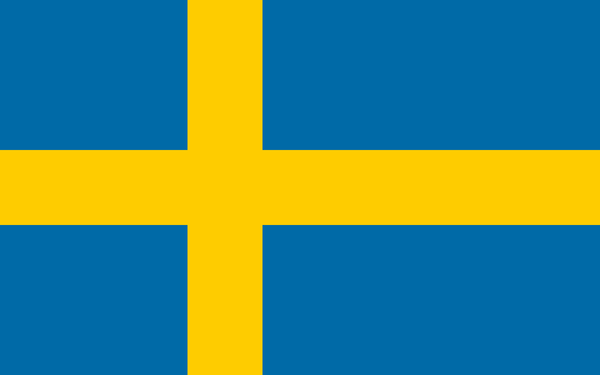
5. UK – up 12.7%
We actually know that the UK’s full-year bike sales for 2015 were up by 12.7%, but since we’re using Jan-November figures for everyone else we’ll do the same here. In fact the percentage increase is an identical 12.7% over that period, with ‘proper’ bikes actually rising an even more impressive 15.6% while moped sales dropped by 12.7%. Fortunately, mopeds don’t make up much of the market (10,046 dropped to 8767, Jan-Nov). Bike sales were over the 100,000 mark before we even got into December, with Jan-Nov registrations of 100,775 compared to only 87,180 in the same part of 2014.
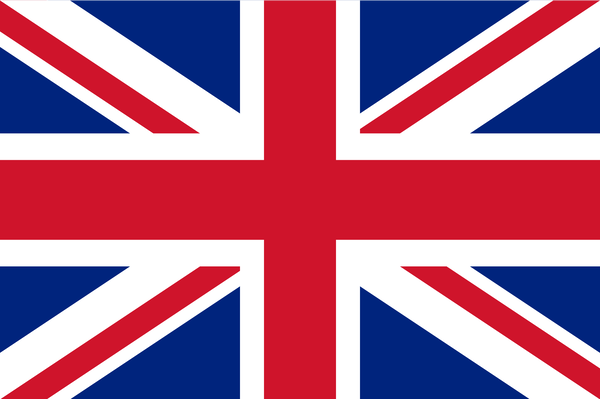
4. Portugal – up 14%
Portugal’s bike market is less than a fifth of the size of the UK’s, but it saw growth in both motorcycles and mopeds to reach a 14% increase in overall sales between January and November. As in the UK, larger bikes make up the lion’s share of the market, with mopeds accounting for around a quarter of Portugese bike sales.
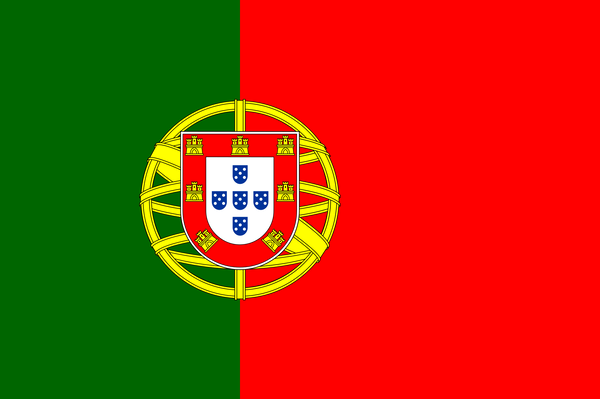
3. Spain – up 16.7%
Spain’s bike market is again heavily biased towards motorcycles rather than mopeds, and also shows growth in both parts. The country’s motorcycle sales, Jan-Nov, rose 18% from 105,080 to 124,020, while mopeds increased just 6.2% (13,714-14,570). Given that Spain was one of the countries to suffer particularly badly during the crisis, the figures appear promising.
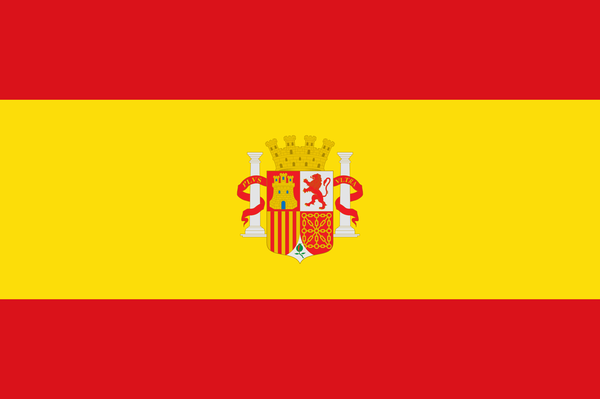
2. Greece – up 19.9%
Greece has been the poster child for the financial crisis in Europe for years, with a succession of bail-outs and a generally miserable time. But its bike sales in 2015 rose a spectacular 19.9%. The ACEM figures suggest that there’s been a change in the way bikes are categorised over there – moped sales are recorded as rising from 689 to 7500 while motorcycle sales dropped from 30,083 to 29,387 (Jan-November figures, 2014 vs 2015), but the overall result for all powered-two-wheelers is an increase from 30,772 to 36,887.
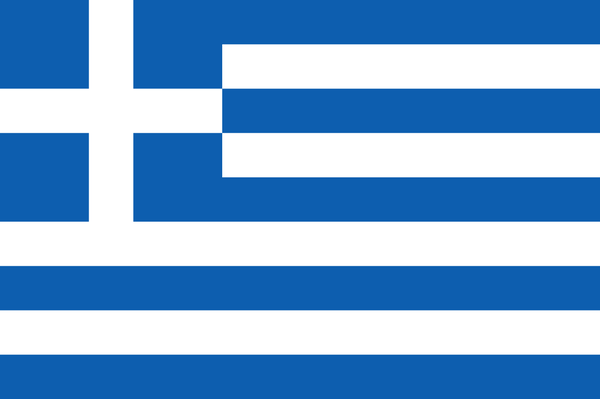
1. Ireland – up 30.6%
It’s said that a 1000% increase of bugger all is still bugger all, and that might be why the percentage growth in the figures for Ireland looks rather more impressive than the actual numbers. On the face of it, 30.6% sounds like a big boost, but the starting point was surprisingly low. In fact, during the Jan-Nov period in 2014 just 943 motorcycles, scooters and mopeds found buyers in Ireland. In the same part of 2015 the figure was much higher but remains a modest 1232 overall. Both bikes and mopeds were up by similar proportions – 29.5% for motorcycles (780 to 1010) and 36.2% for mopeds (163 to 222).

